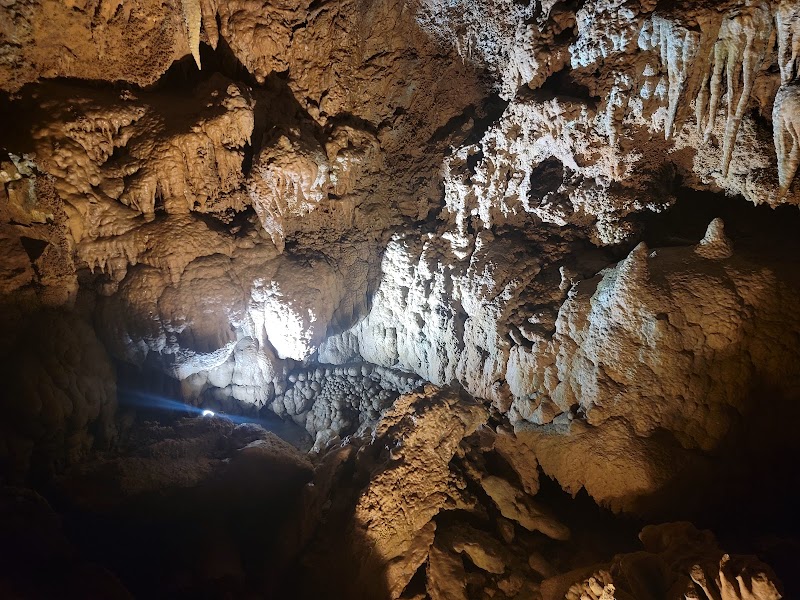Essential Gear Setup for Long-Distance Road Cycling in Scenic Area, California
Ride the dynamic roads of Scenic Area, California, where 75 miles of elevation and open skies challenge your stamina and gear. This guide equips you with smart gear choices and practical tips to conquer the route comfortably and confidently.
Start Early to Avoid Heat
Begin your ride at dawn to catch cooler temperatures and lighter traffic, allowing for a more manageable climb and sustained energy.
Hydrate Continuously
Use two water bottles or a hydration pack and include electrolytes to maintain hydration levels in the dry mountain air.
Pack Emergency Repair Tools
Bring a multitool, spare tubes, and a pump; remote stretches can leave you stranded if you’re unprepared.
Dress in Layers
Adapt to temperature swings by layering with a moisture-wicking jersey and detachable arm warmers or wind jackets.
Essential Gear Setup for Long-Distance Road Cycling in Scenic Area, California

Road Bike
All Ages • Hourly, Daily & Weekly Rental Options!
Discover the scenic beauty of San Diego on a private road bike tour from Ray’s Rental at Mission Beach. Ride along pristine coastlines, explore vibrant neighborhoods, and experience the city’s outdoor charm. Perfect for all skill levels, this adventure promises an exciting and memorable day!
Long-distance road cycling through Scenic Area, California, invites riders into a world where the road bends alongside whispering pines and rocky outcrops dare you to push further. Covering roughly 75 miles with an elevation gain near 5,000 feet, this route challenges endurance while rewarding with open vistas that unfold like chapters of an unspoken story. Asphalt stretches beneath your tires, occasionally giving way to steeper climbs that test your cadence and resolve.
Optimal gear selection can transform a tough ride into a memorable adventure. Start with a lightweight, endurance-focused road bike featuring a compact crankset and wide-range cassette to handle both steep ascents and fast descents. Tires around 28mm provide the right balance of speed and comfort over varying pavement conditions, while puncture-resistant layers minimize unexpected stops.
Hydration is non-negotiable here—the dry mountain air pushes sweat to evaporate quickly. Dual 750 ml bottles or a hydration backpack will keep water within reach, and electrolyte supplements are key for longer stretches without services. Layering efficiently matters too; mornings begin cool, but by midday, sunlight filters through groves and heats the road aggressively. A breathable, moisture-wicking jersey combined with arm warmers and a lightweight wind jacket gives practical flexibility.
Cycling gloves with reinforced palms protect from vibration, while clear, wrap-around sunglasses shield against dust, glare, and sudden gusts. Don’t overlook proper clip-in cycling shoes that balance pedaling efficiency with comfort across hours in the saddle.
Timing your ride to start early capitalizes on the area's cooler temperatures and less busy roads. Terrain shifts offer natural variation—rolling foothills with forest shadows give way to stretches where the wind becomes a steady companion, sometimes a rebellious one, forcing adjustments in effort and focus.
Pack compact essentials: a multitool, spare tubes, mini pump, and energy bars or gels. These keep setbacks manageable and the momentum alive. Respect the landscape—it remains fiercely itself, demanding respect but rewarding persistence with quiet clearings, sudden glimpses of distant ridges, and rivers that beckon with fresh coolness.
Prepping for Scenic Area’s long-distance cycling means thinking beyond the ride itself. Fuel well before departure, plan stops, and commit to pacing. This ride promises more than mileage; it offers an encounter with a landscape that carries its own rhythm, pushing you to match it, to learn from it, and to carry its energy with you long after the final mile.
Nearby Trips
All Adventures
Boat Charters
Water Activities
Adventures near Redding
Discover the unique and memorable adventures that make Redding special.
Frequently Asked Questions
What’s the best way to handle the steep climbs?
Use a compact crankset with a wide-range cassette. Maintain steady cadence and pacing rather than sprinting; shift into lower gears to conserve energy on extended ascents.
Are there many resupply points along the route?
Services are sparse, so carry extra water and snacks. Plan your hydration stops near townways like Shasta Lake or small roadside stations if timing permits.
Can the ride be broken into segments for less experienced cyclists?
Absolutely. The route offers natural midway rest points around lake access areas and forest trailheads, ideal for shorter day rides or staged efforts.
Are there safety concerns with wildlife on the road?
Deer and smaller mammals may cross roads unpredictably, especially near dawn or dusk. Stay alert, particularly on shaded, wooded stretches.
What kind of tire pressure is recommended for this terrain?
Moderate 80-100 psi is ideal for 28mm tires to balance firmness on pavement with shock absorption over rough patches.
Is navigation difficult in Scenic Area?
The route is generally well-marked, but a GPS device or cycling app with offline maps is recommended due to occasional dead zones for cell signal.
Recommended Gear
Lightweight Endurance Road Bike
Compact gearing and durable frame assist with climbing efficiency and long hours in the saddle.
Dual Hydration System
Two 750 ml bottles or a hydration pack maintain fluids during extended dry, hot conditions.
Breathable Layered Clothing
Allows adjustment to fluctuating temperatures from cool mornings to hot afternoons.
Cycling Multitool and Repair Kit
Essential for quick fixes to avoid interruptions in remote segments.
Local Insights
Hidden Gems
- "Vista Point Overlook near Mile 45 offers rare panoramic views often missed."
- "The Riverbend Trail section presents quiet riverside scenery few cyclists explore."
Wildlife
- "Black-tailed deer are common along shaded routes."
- "Occasional sightings of red-tailed hawks hunting thermal winds."
History
"This corridor follows historic routes used by early settlers and native tribes, with old forest cabins and mining remnants still visible alongside the road."
